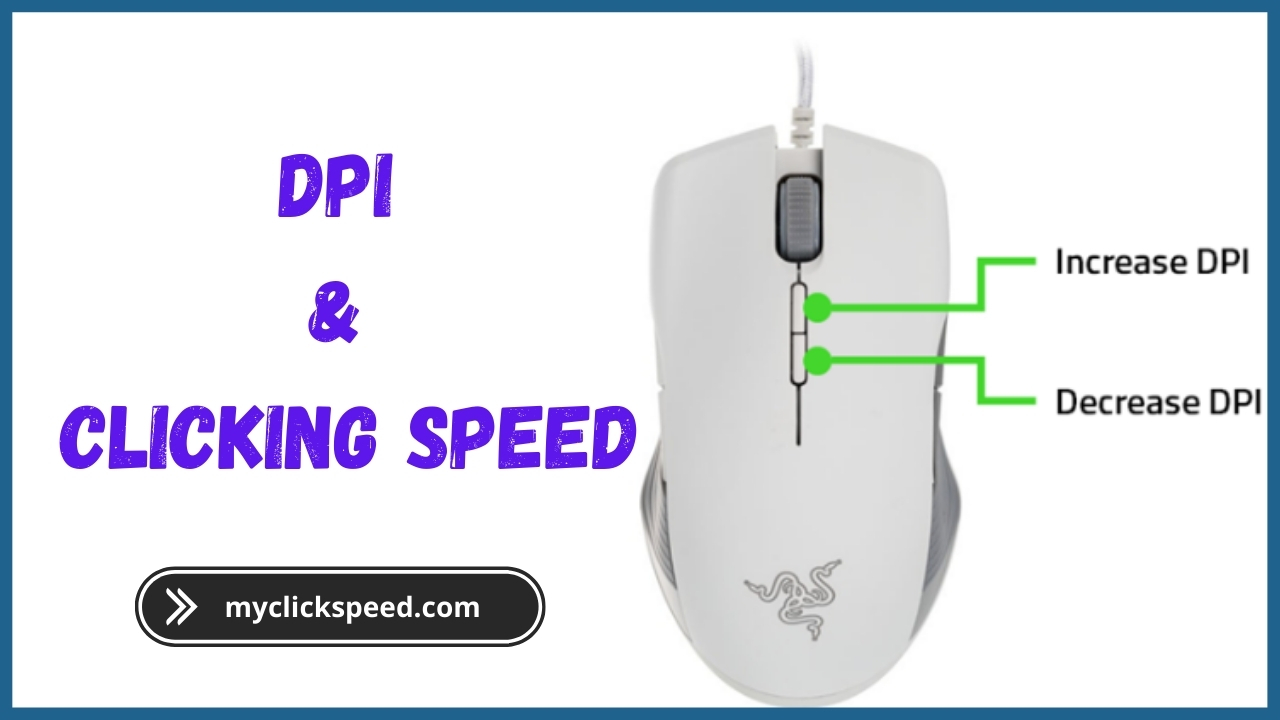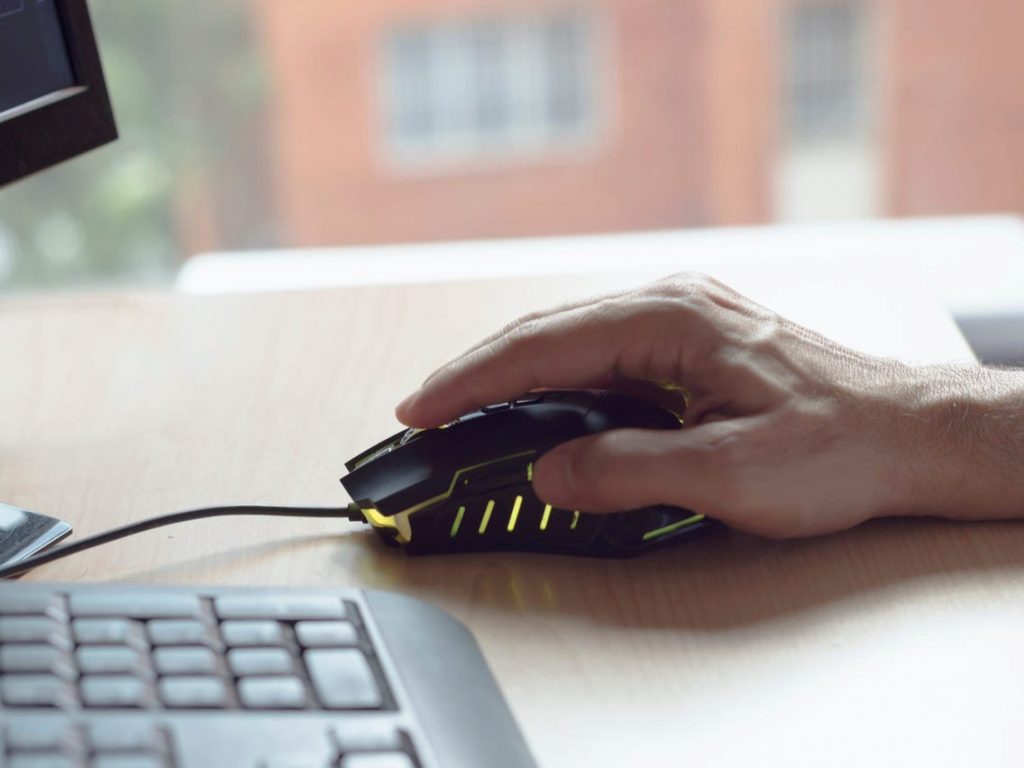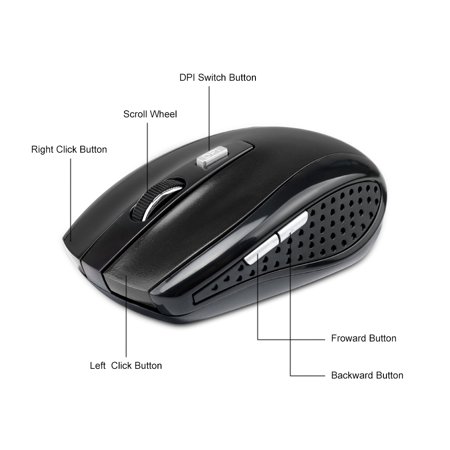How does DPI Effect Clicking Speed?

Dots per inch (DPI) refers to the way a computer mouse measures physical distance. Because dots aren’t utilized as part of the procedure, the more technically correct term is CPI, or counts per inch.
The measurement of the speed at which a mouse pointer moves on-screen in proportion to the distance a user moves the mouse is referred to as DPI. For example, if you move your mouse an inch to the right with a low DPI and then an inch to the right with a higher DPI, the pointer on-screen will travel further in the second example, despite the fact that the distance covered by the mouse’s sensor is the same.
DPI Effects Mouse Sensitivity and Clicking Speed
In our thoughts, DPI and sensitivity are frequently linked. For many people, raising the DPI of a mouse appears to make it more sensitive. These are, however, two separate measures. The physical specifications of the mouse’s hardware determine DPI. Software, generally an operating system like Windows, determines sensitivity.
Sensitivity is the measure of how fast the mouse responds. Therefore when the mouse will have a higher DPI, you will have to move the mouse less and get a lot more coverage. This can be different in different circumstances, the biggest of which is in gaming.
DPI and Clicking Speed in Gaming
DPI has a significant influence on PC gaming performance, which is why the DPI standard is typically prominently shown on product sites for gaming mice.
When you play a first-person shooter with a high DPI level, your targeting reticle moves across the screen faster, requiring smaller hand motions. This is useful for swiftly spinning around or moving your sights from one side of your display to the other. This is especially useful in games where click speed is crucial, or if you’re playing on a higher-resolution screen.
A lower DPI may be beneficial in some instances. In a real-time strategy game, when careful unit selection is critical, or in a first-person shooter with a zoomed-in weapon. Because you have more area to identify the perfect location to click as you move the mouse further, you get higher accuracy.
Choosing a Mouse with Preferable DPI
As we discussed, DPI has a major role on the clicking speed and sensitivity of the mouse. So, choosing the right one is a real task. Fortunately, these days you don’t have to worry about choosing a mouse that has a higher or lower DPI. Because most of the mice these days are made with a DPI switch that can increase or decrease the DPI depending on the situation. Even if it doesn’t have a dedicated button, it usually comes with a software to control the DPI for better control over your click speed and accuracy. Hence, the only thing you have to make sure while buying a mouse is that you chose the one that has these options and you are good to go.
You may check: Best Gaming Mouse Review For Fast Clicking
FAQs
- Go to the page of Mouse settings.
- You will find "Additional Mouse Options", click on this option.
- You will get a pop-up named "Mouse Properties".
- Click on the option named as "Pointer Options".
- A slider will appear under "select pointer speed".
- Move that slider to lower or to increase the DPI of your mouse.
It depends on the type of game you are playing. If you are playing an FPS games then DPI between 400 to 1000 can prove to be best. And, if your playing real-time strategy game, then you may consider the adjustment of DPI between 1000 to 1200.
The DPI can be adjusted through DPI button on mouse. But, in case you don't have the option, you may go to mouse and keyboard control center and adjust the DPI to 800.
No, the sensitivity of your mouse won't impact the the latency of your mouse. You will not face input delays with the change in mouse sensitivity.
When it is concerned with the first person shooter games, then the characters will turn slower with the low dpi and will get faster with the high dpi.

